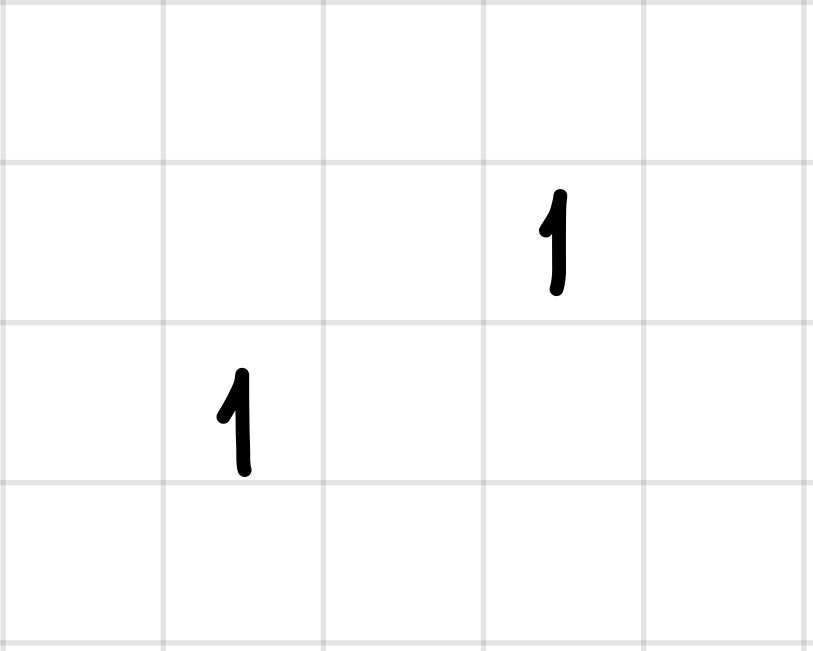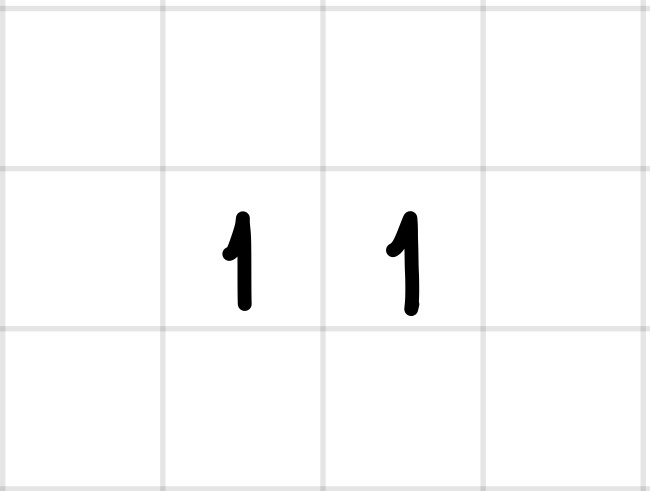
We looked at a brilliant puzzle today:
Schur numbers tell you highest number that you can count to using k different colours before you’re forced to have an all same-coloured solution to a + b = c.
You’re trying to avoid this:
Two numbers of the same colour add up to another number of the same colour.
In other words:
If you have red 2 and red 3, then red 5 would break the rule (because 2 + 3 = 5, and they’re all red).
If you have blue 2, then blue 4 would break the rule (because 2 + 2 = 4 and they’re all blue).
So, you want to colour the numbers so this never happens!
See here for the printable puzzle with further explanations and here for a video including the solutions (that are known so far …).
















